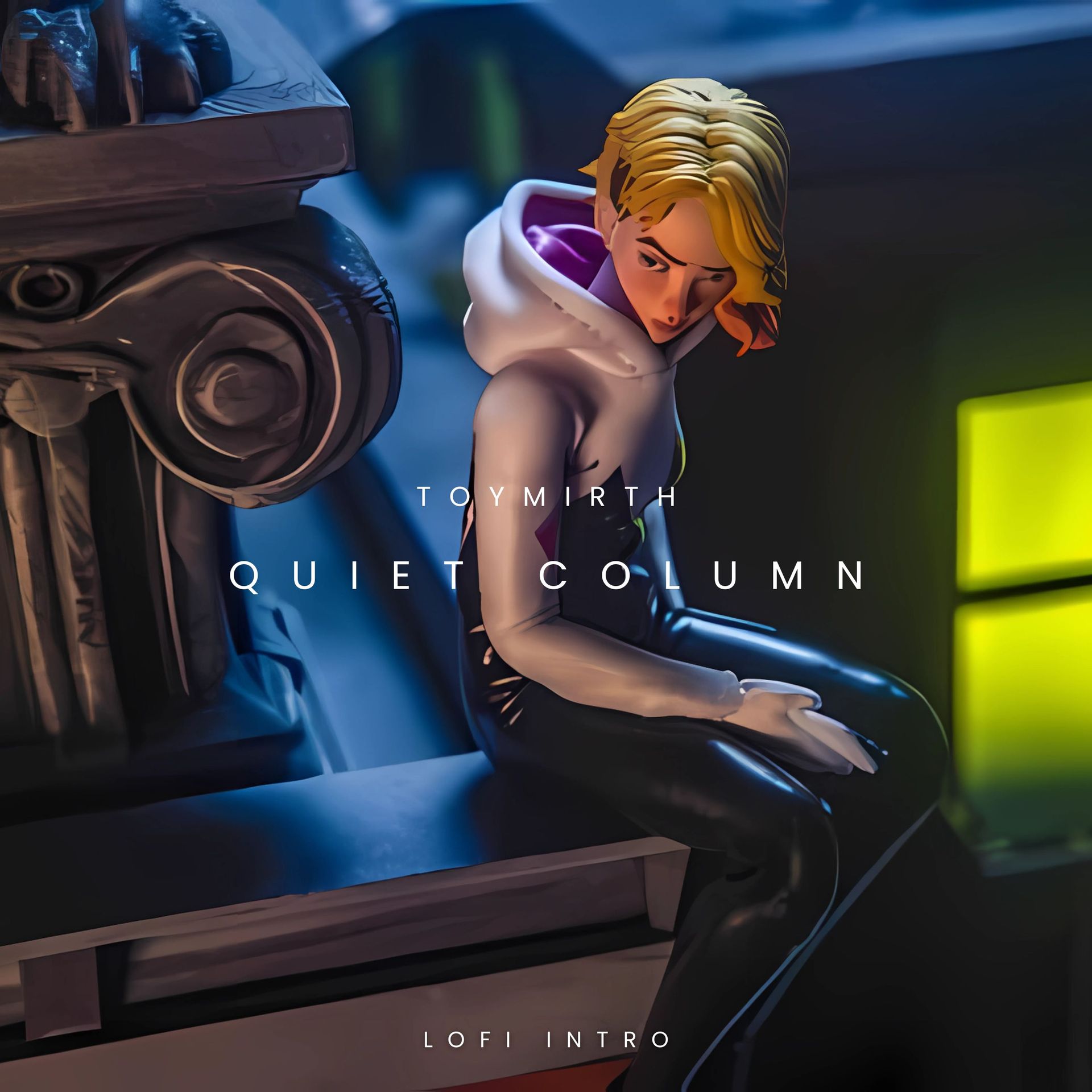Toy Photography Tips for Aspiring Artists in the Music Industry
Understanding the Intersection of Music and Toy Photography
Toy photography has become a unique and creative way for aspiring artists to express their love for music. By blending the vibrant world of toys with musical themes, artists can create captivating images that tell compelling stories. Whether you're capturing your favorite musician as a miniature figurine or setting up a toy concert scene, the possibilities are endless.

Choosing the Right Toys
The first step in toy photography is selecting the right toys. For a music-themed shoot, consider using figurines of popular musicians or iconic instruments. These can range from tiny guitars and drum sets to miniature versions of famous artists. When choosing toys, pay attention to their details and how they relate to the music industry.
Consider creating a collection of toys that represent different musical genres, such as rock, pop, or jazz. This variety will allow you to explore diverse themes and styles in your photography. Additionally, think about how these toys can interact with each other in your compositions to convey a narrative.
Setting the Scene
Creating a visually appealing backdrop is essential in toy photography. Use props that complement your music theme, such as miniature stages, concert lights, or even vinyl records as backgrounds. The key is to create a setting that enhances the story you're telling through your images.

Experiment with various lighting techniques to add depth and drama to your photos. Natural light is often the best choice for capturing the small details of toys, but you can also use artificial light sources to create different moods. Play with shadows and highlights to give your images a dynamic look.
Mastering Composition and Angles
Composition is crucial in toy photography, just as it is in any other form of art. Focus on creating balanced images with a clear focal point. Use the rule of thirds to position your subjects within the frame, drawing attention to the most important elements of the scene.
Experimenting with different angles can also yield interesting results. Try shooting from a low perspective to give your toys a sense of grandeur, or explore overhead shots for a unique viewpoint. Changing your angle can dramatically alter the impact of your photos.

Post-Processing Techniques
After capturing your images, post-processing can elevate them to the next level. Use editing software to adjust colors, contrast, and saturation, ensuring that your photos are vibrant and eye-catching. Add special effects like lens flares or bokeh to create a more dynamic atmosphere.
Cropping and resizing are also important steps in post-processing. Ensure that your final images are well-composed and free from distracting elements that might detract from the overall theme.
Building Your Portfolio
Once you've honed your toy photography skills, it's time to showcase your work. Create an online portfolio or social media account dedicated to your music-inspired toy photography. This will help you connect with other artists and potentially attract clients within the music industry.
Consider participating in online communities and forums focused on toy photography. Engaging with others in the field can provide valuable feedback and inspiration for future projects.
Conclusion
Toy photography offers endless opportunities for aspiring artists in the music industry to express their creativity. By carefully selecting toys, setting engaging scenes, mastering composition, and utilizing post-processing techniques, you can create stunning images that capture the essence of music through miniature worlds.
Whether you're just starting out or looking to refine your skills, these tips will help you on your journey to becoming a successful toy photographer with a passion for music.